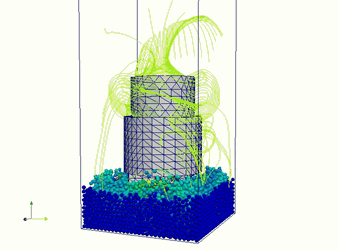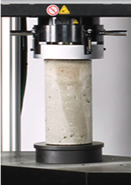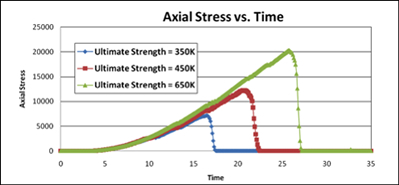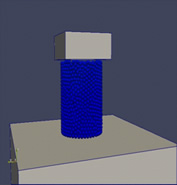 |
 |
 |
 |
|
Multi-scale (single cutter and full bit) oil & gas drilling Simulations
Sample Results: Single Cutter Simulation with Heat Transfer
Select PFTL References: Mpagazehe, J., Queiruga, A., and Higgs III, C.F., "Towards an Understanding of the Drilling Process for Fossil Fuel Energy: A Continuum-Discrete Approach", Tribology International, 59, pp. 273-283, 2013. Mpagazehe, J., "A Physics-based, Eulerian-Lagrangian Computational Modeling Framework to Predict Particle Flow and Tribological Phenomena", Ph.D. Thesis, CMU, 2013. Menezes, P., Lovell, M. Avdeev, I., Lin, J.S., and Higgs III, C. F. "Studies on the formation of discontinuous chips during rock cutting using an explicit finite element model", International Journal of Advanced Manufacturing Technology, 70, 1-4, pp 635-648, 2014. |
||||||||||||||||||||||||



